The importance of asking questions, creating moodboards, and fostering collaboration in the work of a Creative Agency.
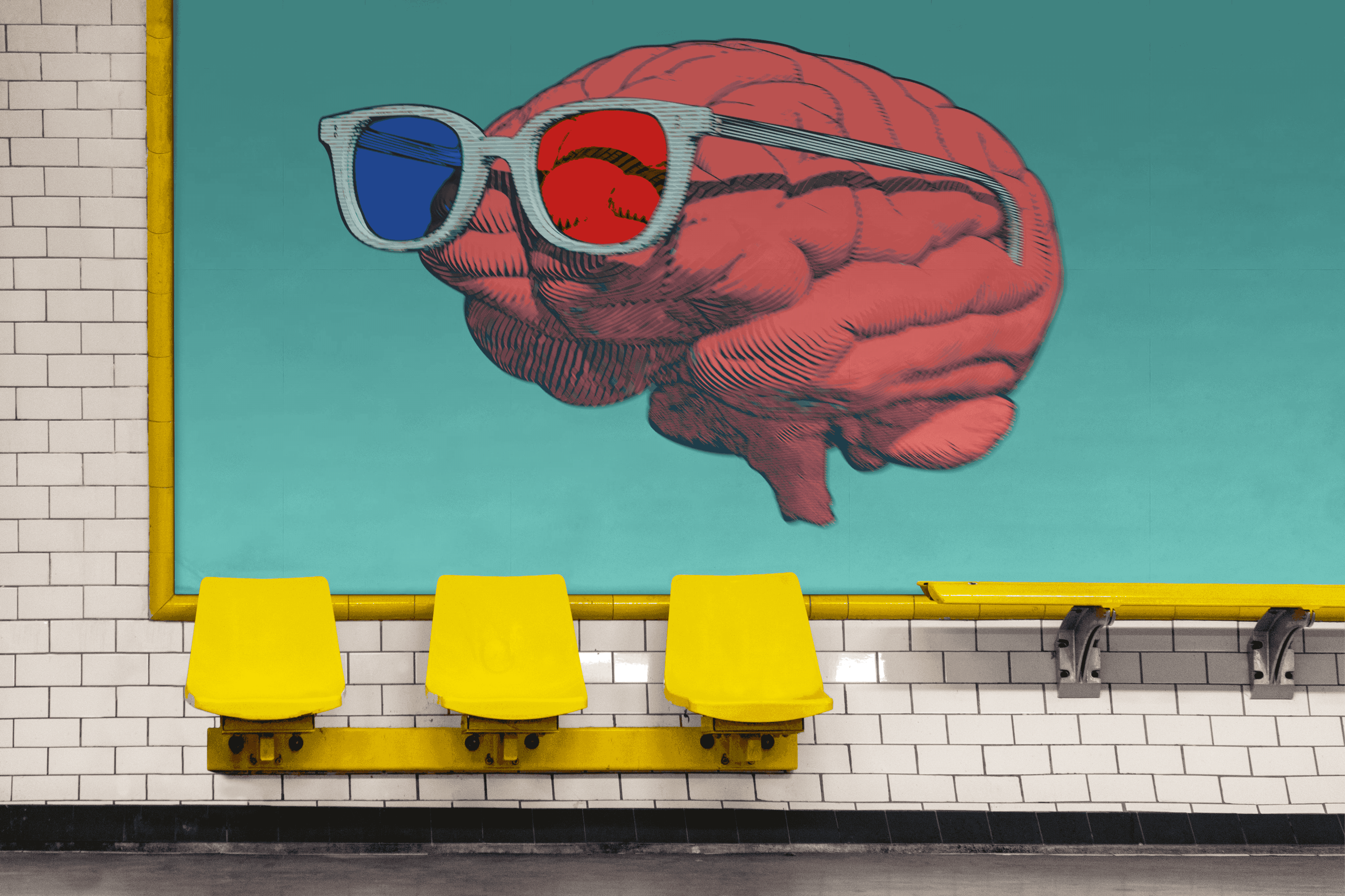
David Williams, the William G. Allyn Professor of Medical Optics
When we think of communication, we don’t always consider the importance of speaking visually. In this blog post, we will establish what it means to “speak visually” and how this skill can artfully map the design direction and help define the destination.
Why a Creative Agency Uses Visual Tools to Communicate
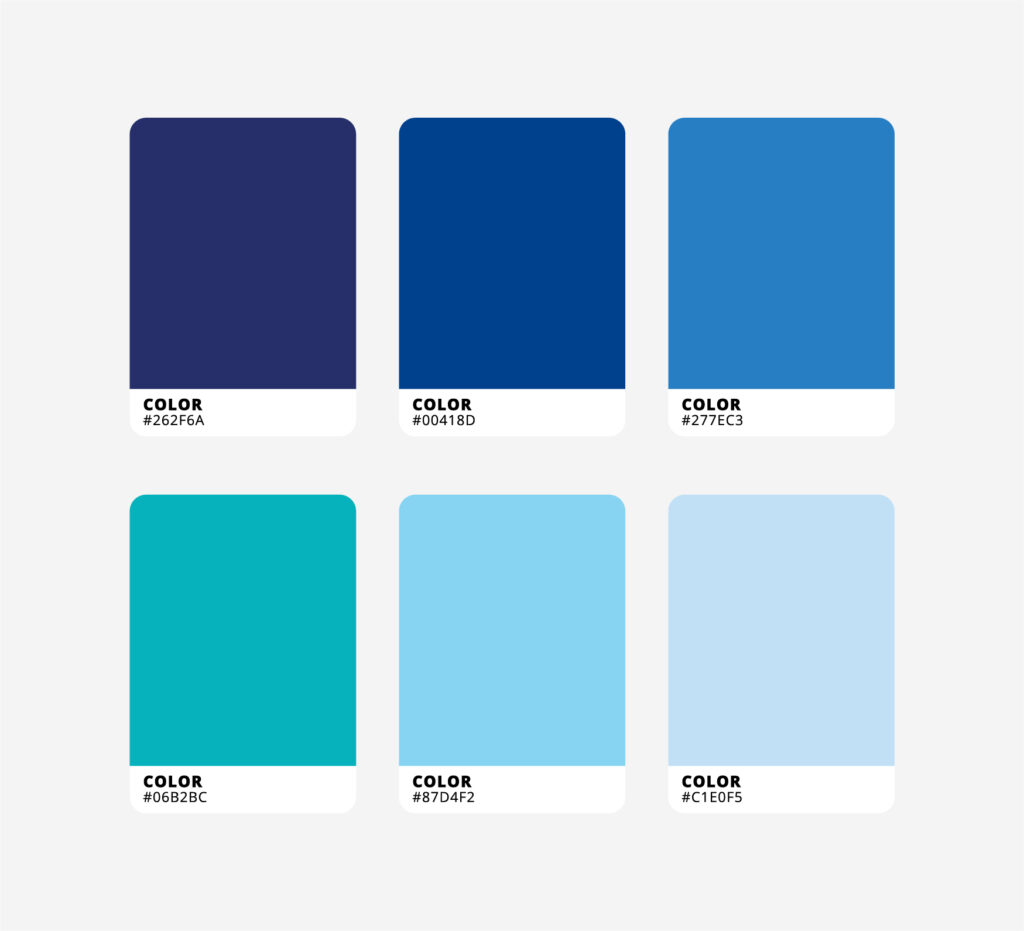
Visuals aren’t just crucial to the final product but invaluable to the process that gets you there. Let me start our discussion with a quick snapshot of my everyday life. You know you are in a designer’s household when drawing and color games replace more common ones like Spades, Yahtzee, and Monopoly. Thankfully, my family indulges me and has grown to love these off-beat games. One of our favorites around our house is Hues and Cues, a game that asks you to describe the color you have chosen without using a reference to color or pointing to the rainbow of hues on the game board.
- What feeling does the color bring?
- Where might you find the color in nature?
- What brands or characters might bring to mind this color?
Most of the time, the game reveals how poorly we speak about visual things. To talk about colors—we need colors to reference; otherwise, no one will likely be on the same page.
Are We Saying the Same Thing?
“We really want a detailed abstract modern, vintage, classic contemporary logo.”
Can you picture how this logo may look? Nope, neither can I.
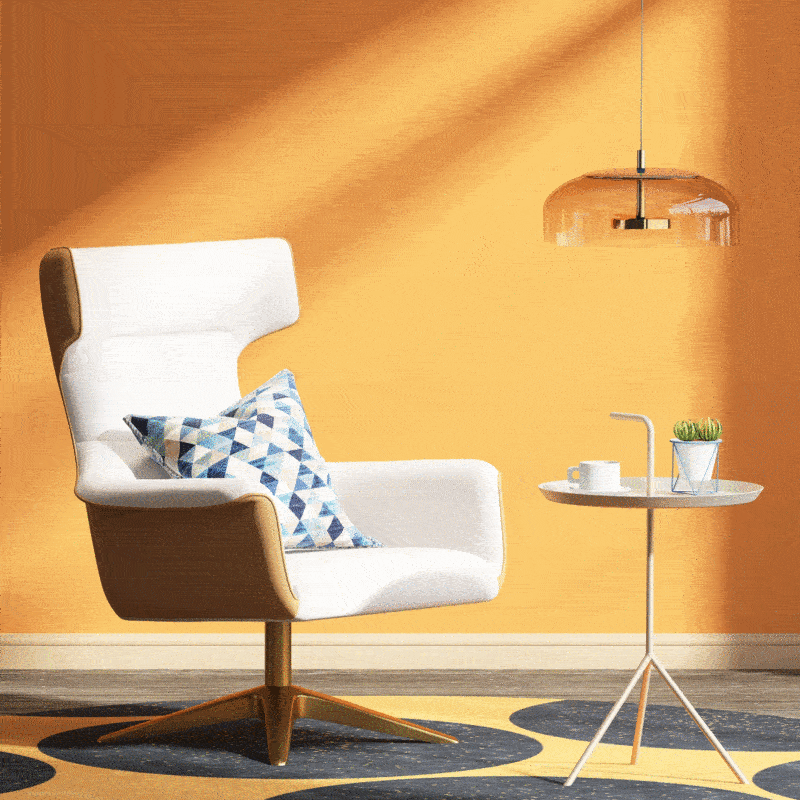
Sometimes our verbal or written descriptions of visual ideas can be contradictory or at least unhelpful. We all have reference points of experience that provide labels for visual images and moving memories that organize in our brains. So when you and I hear “vintage,” — it may bring to mind something very different to me than to you. And sometimes a description doesn’t call to mind anything, really. So at any given time, a discussion about visual design could render a mid-century Eames-inspired chair in one mind, a rusty old bucket in another, and still just static and blankness in another—all from the word “vintage.”
When we are talking about creative work — visual design — for our purposes here, there must be a better way than to articulate specific or even broad ideas with words and descriptions that leave too much ambiguity for interpretation.
Speaking visually is about a conversation around images. We do this with moodboards.
Why Does a Creative Agency Use Moodboards?
The mood board process is a part of the earliest communication as the project is kicking off. Speaking visually is acknowledging that we need imagery to help tell the design story. A visual language of moodboards or inspirational collages can provide the language that opens a conversation between clients and creatives.
Before creating and presenting the moodboard, we send a brand survey to the client. The purpose of these surveys is to get a feel for the visual connections and inspiration the client already has in mind. While visual preferences may be hard to articulate, we often have a meaningful dialogue that provides us direction in design.
The Process
Collaboration is a Visual Conversation
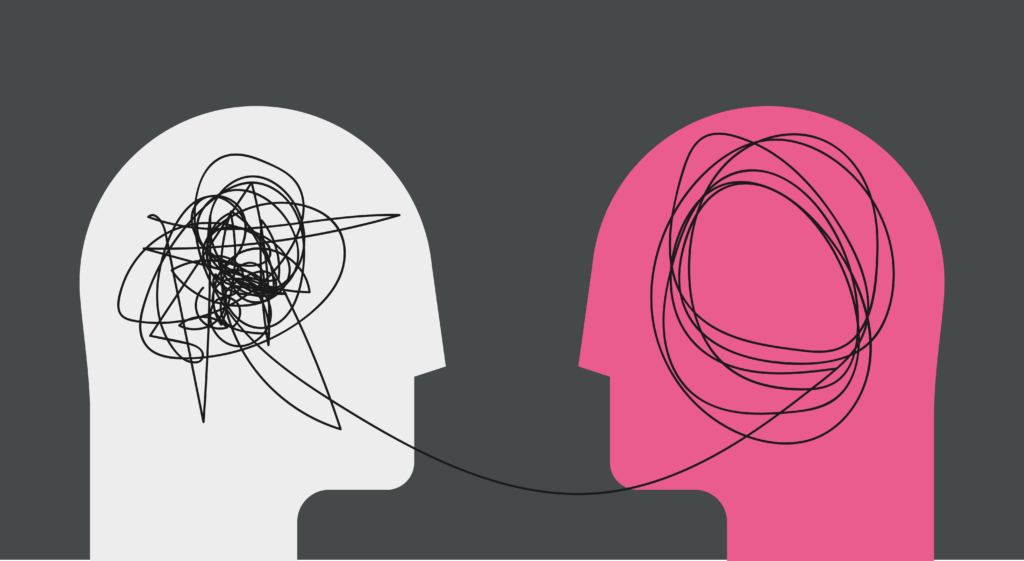
How is collaboration helpful to visual speaking? As I’m using it here, collaboration is the joint venture of parties communicating their perspectives. While it might seem intimidating to look for imagery, photography, websites, brands, or products in the market that resonate with you, we all have access to it daily.
We encourage clients to share brands they love, websites they enjoy, photography that draws them in, and products on the shelves that get their attention. We take these examples and process together what the appeal may be for our clients in their projects. We ask the right questions.
- What is the look and feel that best describes your brand?
- Are there any brands / websites / campaigns that you like? Or any that you particularly dislike?
- Are there any colors that you prefer? Or any colors you dislike?
- Is there any meaning, symbolism, or origin story inherent in your brand?
- Is it the overall feel?
- Is it a specific part of this example?
We aim to understand and translate the client’s needs into visual solutions. This process catches discrepancies early and allows for a pivot toward a more defined direction.
What is a Mood Board
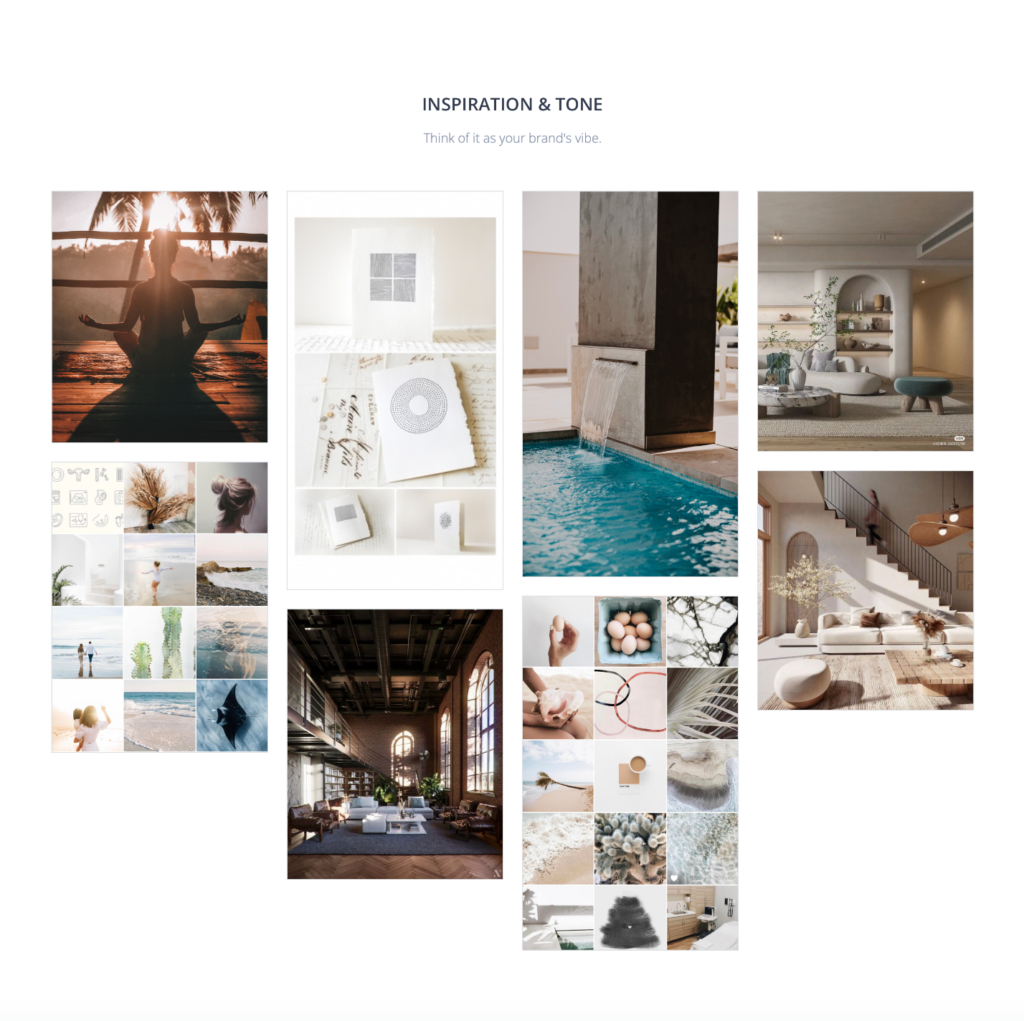
Moodboards are a gathered collection of images that can communicate the breadth and depth of the project’s direction. A poignant moodboard does more than scatter-shoot random images on a page, a slide deck, or a board. A thoughtful moodboard structure can make or break collaborative communication with clients.
Moodboards should be an affirmation to the client that we are listening. With the research and discovery completed, the moodboard can say, “we hear you,” or it may reveal that we need more communication. The collage of photography, color swatches, and design examples is a temperature gauge to test whether the design direction resonates with the client.
If they don’t like the inspiration they see, it’s time to ask more questions.
- What is it about this board that feels dissonant with your brand?
- Are there one or more images you dislike? What about them feels wrong?
- Do you see anything that you particularly like on the board? What resonates with you about those images?
Regardless of the conversation’s direction, consider this a collaboration in refining future design work. This process will save time in the long run. To this point, the creative has not designed anything specific for the client, having only researched and gathered mood board elements. This is the right time to fine-tune communication.
Multiple moodboards can provide the visual language for numerous design directions. Sometimes, coming out of the discovery kick-off and the research, a few different design directions may make sense. Is an excellent case for presenting multiple moodboards. Making distinct sections, even naming them, and writing a description for each design direction presented helps to talk about this unique part of the moodboard.
Speaking Visually Provides a Map to the Destination.
Moodboards are the inspiration for where the project is going. The destination (result) is still in the works at the mood board stage — the design and conversation will unfold as the process continues. But once you get to the end of the project, the hope is that you could place the campaign, logo, or website design back into the moodboard, and it would be cohesive to the elements present.
Let’s speak visually, not leaving words to do all the work. Want to work with a creative agency that is fluent in speaking visually? Konnect with us.

Author
Joining Konnect in 2022, Scott brings a wealth of expertise from his career, from freelance designer to partner in a start-up design shop to art directing in agencies. Scott breathes creativity, leaning into various passions by overlapping design, culinary exploration, and a quest for education. The American Advertising Awards have recognized his work for web and branding design. At Konnect, Scott is responsible for creative direction and execution in design while leading an impressive team of creatives.

